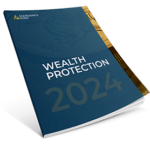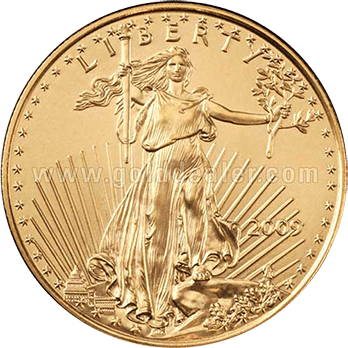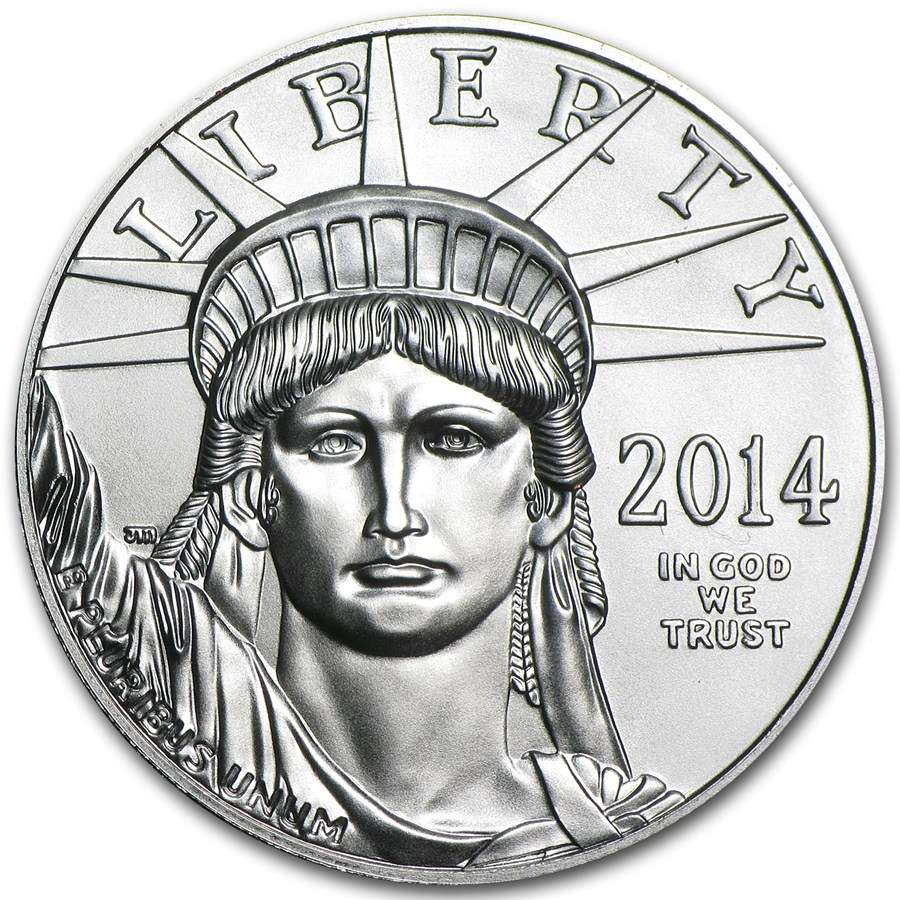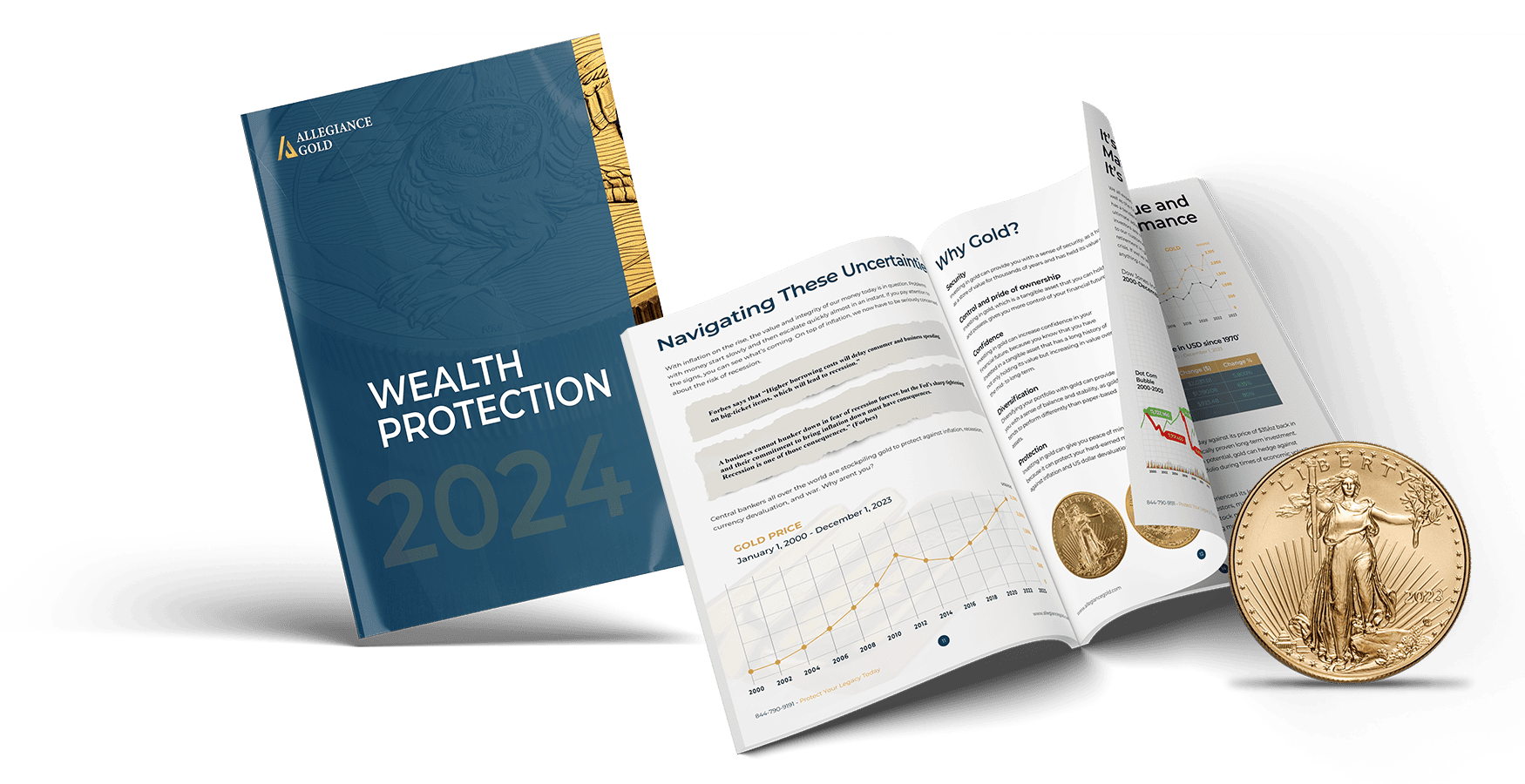Are you thinking of investing in precious metals? This could be a very smart move, especially given the current economic climate.
According to reports more than $7 trillion has been wiped from the stock market this year. Unless you were a savvy investor, trading the highs and lows like a seasoned pro, your portfolio is likely to have lost significant value over the last few years of global upheaval.
Even if you weren’t an active investor, this widescale market decline might have impacted your IRA account substantially.
Fortunately, investing in precious metals is one way you can hedge your portfolio and protect it from inflation and market instability.
Of course, just like with any other investment, you have to do your research. Not sure what’s the best precious metal to invest in? Keep reading for a full breakdown of the top-performing types of precious metals.
Gold
If you’re thinking about investing in precious metals, one of the obvious choices is gold. It might be surprising to some, but gold isn’t the most valuable metal on earth. This title goes to rhodium, an extremely rare metal that has multiple uses in the jewelry and automotive industries.
Gold as a Store of Value
Although gold doesn’t command the highest price of all precious metals, it is arguably one of the strongest stores of value.
Gold has been a prized metal for thousands of years. Silver was the first precious metal used as a medium of exchange, but 600 BC marked the first recorded mint of gold in Lydia. Persia, Ancient Greece, Rome, and Cartage soon followed suit.
From here, gold went on to become a near-global means of exchange. Eventually, promissory notes were issued in exchange for gold. This evolved into the modern-day concept of gold-backed currencies.
Now, gold-backed currency has fallen by the wayside. As of 2022, not one country uses the gold standard anymore.
Although there are valid reasons for the discontinuation of the gold standard, there are also downsides. One of the most simplistic is that governments can print and release new money into circulation at will.
If not kept in check, increased money circulation can trigger spikes in inflation, like the US has been seeing recently.
Additional money supply is meant to mirror economic growth, but over the last few years, the US has seen some of the highest rates of new money circulation, without correlating economic growth.
Between March 2020 and the end of 2021, the US money supply increased by 42%, one of the highest increases in history. It should come as no surprise that the US economy is now facing unprecedented inflation. Increased money supply isn’t the only responsible factor, but there’s little doubt it’s exacerbating the situation.
When new money is issued, it automatically deflates the value of the currency.
Gold as an Inflation Hedge
So what has this to do with investing in gold?
Unlike fiat currency which devalues over time, gold is one asset that consistently retains its value, even during periods of inflation. Gold does experience volatility in response to swings in the market, but it is considered one of the best inflation hedges.
Many investors use gold to hedge against currencies, stocks, and bonds. If you take a look at the historical price of gold, you can see it has experienced an upward trajectory over the long term.
Future Price Movements of Gold
Not only has gold demonstrated its ability to act as a sound store of value and inflation hedge—but it also might be entering another bull period.
During the 70s gold grew in value by a whopping 1,600%, rising from $35 per ounce to $500. The next major bull market for gold happened in the early 2000s. Here it jumped from $280 to $1,420.
Fast-forward to 2020 and the price of gold stood at $1,773. At the time of writing, the market value is slightly down, but it has experienced marked movement over the last two fiscal periods.
Nobody holds a crystal ball, but it is reasonable to say that gold’s price movement over the last two years could signal that the precious metal is entering a 5-10 year bull market.
Silver
If you want to start investing in precious metals, silver is another solid buy. Like gold, silver can be an effective inflation hedge. It’s also considered a “safe haven” asset, which investors run to in times of economic uncertainty.
The End Uses of Silver
Besides these advantages, silver is also used in multiple industries. It is a critical component in batteries and electronic devices, and is also used as a catalyst for the production of various industrial chemicals.
One of the reasons for this is that silver is an antimicrobial metal and has the highest capacity for electrical and thermal conductivity.
Thanks to this, silver is set to play a big role in the green energy revolution. It is a pivotal component in both solar technology and EVs. The growing EV and green energy sectors are likely to signal increased demand for silver.
To give you an idea of the rising demand, reports state that EVs alone will account for 49% of silver use in vehicles.
The Volatility of Silver
If you’re trying to decide on the best precious metal to invest in, another important factor to think about is volatility. More volatile markets can increase your risk profile, but they also offer the potential for enhanced gains.
In comparison to gold, silver can be a fairly volatile market. This makes it a favorite with investors who are looking to time the market and make advantageous medium-term trades.
Silver commands a lower price than gold, which is one reason why it’s more volatile. Investors are able to get into the market with less capital. Lower prices per unit also mean that silver’s ounce price can fluctuate more rapidly than gold’s.
As we said above, volatility isn’t necessarily a bad thing, especially if you want to accelerate portfolio growth. With the right asset allocation, risk assessment, and diversification, you can make volatility work in your favor, especially if you’re buying into a bull market.
The Future Outlook for Silver
For those thinking of investing in precious metals, the timing couldn’t be more ideal. Nobody knows for certain which way the markets will head, but, there are strong indications that silver might be poised for a steady increase in value.
During 2020, silver almost doubled in value, rising from $13 to $28. Economic uncertainty fueled by the pandemic was one major cause. Thanks to its lower price per ounce, silver is often thought of as the poor man’s safe haven alternative to gold.
But market uncertainty isn’t the only reason for silver’s strong price outlook.
One of the reasons why silver is more volatile than gold is that it’s more tightly linked to industrial demand. Currently, roughly 60% of the silver bought and sold is used for industrial applications. This leaves only 40% for investment purposes.
Following the economic and supply chain disruption brought on by the pandemic, demand has started surging once again.
One of the big drivers is the photovoltaic energy sector. As countries around the globe set targets for CO2 emissions, the solar energy sector is set for a rapid period of growth.
Reports state that solar energy is also becoming one of the cheapest energy sources. Along with emission reduction targets, this tipping point in price is almost guaranteed to drive vast demand.
Currently, silver plays a pivotal role in solar technology. The average solar panel contains roughly 20 grams of silver and the solar industry consumes approximately 8% of the global silver supply.
If solar technology continues on its current adoption trajectory, this percentage could rise substantially, fueling the price of silver in its wake.
As financial specialists, we aren’t in the habit of making blanket claims around the future price movements of assets. These predictions are based on current market conditions and could change if there are unforeseen developments in the market.
Nobody knows for sure what silver will be worth in 10 years, but if current and projected demand continues, there’s a high chance of steady growth.
Platinum
Gold and silver are the two most traded precious metals and have far higher market caps than platinum. However, this doesn’t mean that you should ignore platinum when investing in precious metals.
Platinum is most famous for its use in jewelry, but it’s also an important component for various other applications, including:
- Laboratory equipment
- Dentistry equipment
- Electrodes and electrical contacts
- Catalytic converters
- Platinum resistance thermometers
Because the demand and market cap for platinum is lower, it tends to be a less liquid market than gold or silver.
Platinum and the Automotive Industry
Although platinum is a precious metal that’s used in the jewelry industry, its price is primarily tied to the automotive sector. Currently, auto manufacturers consume roughly 40% of the global platinum supply.
Thanks to this, changes in the automotive supply chain can shift the price of platinum substantially. For instance, a few years ago, platinum prices plummeted due to a chip shortage that hobbled vehicle production.
The Volatility of Platinum
Because platinum has a smaller market cap and is dominated by the auto industry, it typically experiences more volatility than gold and silver.
If you want to adjust your risk profile for enhanced growth, this can be ideal, however, we would recommend you seek expert advice so as to time the market correctly.
Platinum’s Price Outlook
Platinum experienced a marked slump in 2017, but the market quickly saw a correction. After dropping during the early months of the pandemic it peaked once more due to supply shortages and increased development of hydrogen energy technology in 2021.
So far this year the market has been trending downward. Given that platinum is an essential precious metal for the automotive industry, many investors are taking advantage of the current low prices.
Reports also state that platinum surpluses are expected to drop by 47% this year, while demand increases by 7%.
Palladium
Palladium is part of the platinum group of metals. Although it doesn’t get a lot of attention as far as precious metals go, it is actually extremely precious. Palladium commands one of the highest prices of all types of precious metals, outstripping gold and silver by far.
The Auto Industry’s Demand for Palladium
One of the reasons why palladium is in such high demand is thanks to its use in the auto industry. Since catalytic converters for passenger vehicles became mandatory in most regions of the world, demand for palladium has skyrocketed.
So far, there is little to suggest that this demand will slow down.
Palladium is also used in dentistry tools, electronics, water treatment, and jewelry.
The Price Outlook for Palladium
Thanks to high demand, palladium offers an attractive opportunity for investors looking to store value in precious metals.
The current demand for palladium is outstripping supply by a wide margin, offering strong potential for future price gains.
What’s more, unlike silver and platinum, palladium’s price tends to be relatively stable, thanks to frequent production limitations which affect availability.
Are You Looking To Invest in Precious Metals?
Precious metals can be a strong store of value, as well as an effective hedge against inflation. Precious metals that are experiencing rising demand in industrial sectors can also offer investors attractive gains over the medium and long term.
However, before you rush to invest your capital into precious metals, it’s important to think about the tax implications.
If you want to achieve the best tax savings on your portfolio, we’d recommend looking into a precious metals IRA.
Precious metals IRAs allow investors to transfer some of their IRA holdings into precious metals. These IRAs come with all the security and tax advantages of traditional IRAs and are fully IRS-approved. At the same time, they give you the chance to protect yourself from risky fiscal policies and stock market crashes.
If you’re interested in a gold IRA or precious metals IRA, you can easily sign up here, or contact us if you have any queries.



 Custom Precious Metals IRA
Custom Precious Metals IRA



